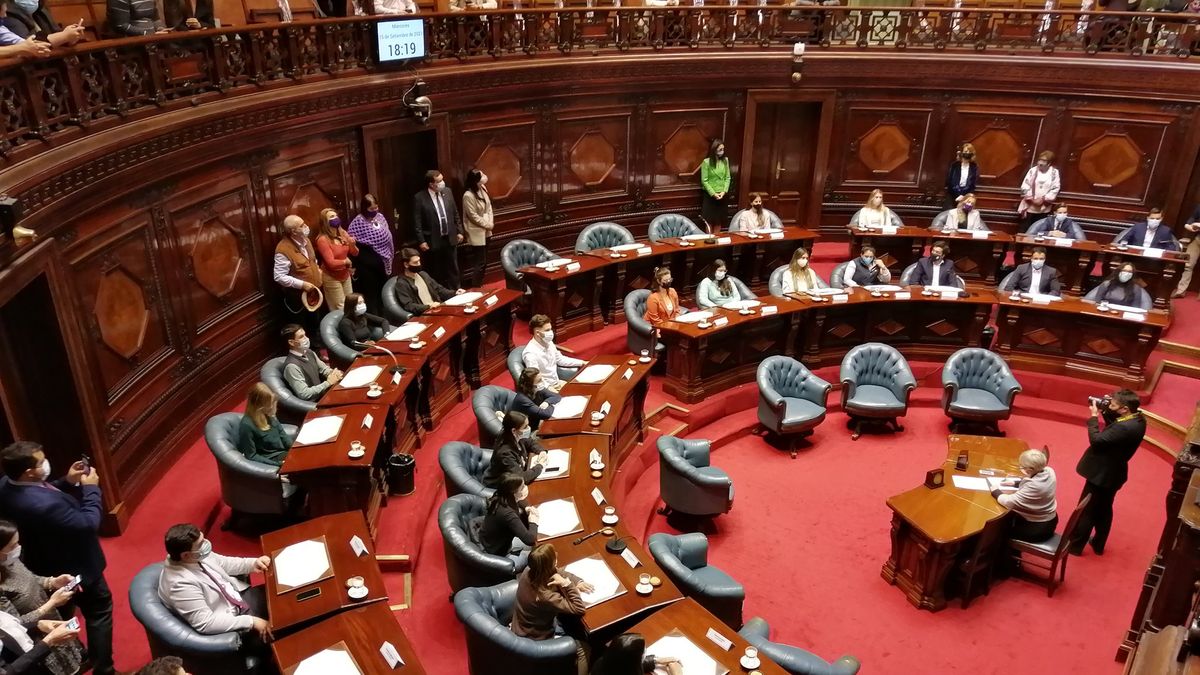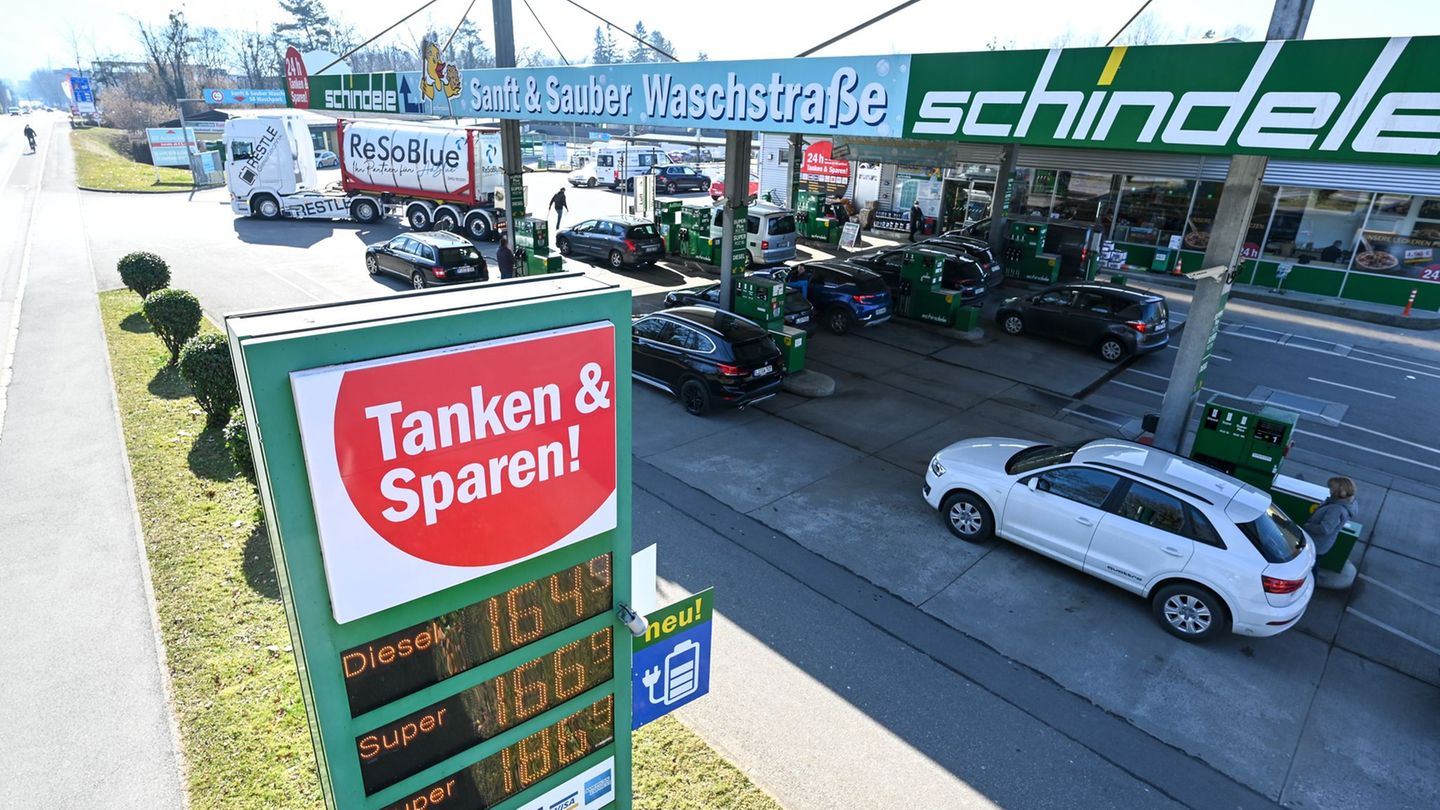Freighters and tankers are currently increasingly damming up in front of the Panama Canal. Experts look at possible consequences for shipping traffic with Europe.
From the point of view of maritime experts, the growing congestion of ships in front of the Panama Canal has hardly any consequences for shipping traffic with Germany and Europe – and above all cannot lead to new disruptions in the supply chains, as they did during a number of port lockdowns in the pandemic or because of the accident the “Ever Given” in the Suez Canal.
“Overall, the negative consequences for global trade should be manageable. Supply chains have recovered significantly since the crisis about two years ago,” said economist Vincent Stamer from the Kiel Institute for the World Economy (IfW) of the dpa. “And the canal is still navigable despite the restrictions – apparently for the important container ships without any major delays,” said Stamer. However, the majority of ships passing through the canal are tankers and bulk carriers.
Few consequences for Europe
The scientist points out that the Panama Canal plays a very minor role for Germany compared to the Suez Canal. “While around 10 percent of German foreign trade passes through the Suez Canal, this figure for the Panama Canal is likely to be closer to 3 percent. For Europe, the unaffected route across the Atlantic to the US east coast also plays a more important role than trade connections through the Panama Canal.”
The Association of German Shipowners (VDR) also speaks of the canal playing a minor role for local consumers, “since the quantities destined for Europe find their way from Asia via the Suez Canal or via the Cape of Good Hope”. Managing Director Martin Kröger also emphasizes that the current situation in the Panama Canal is completely different than during the Covid 19 pandemic or the short-term blockade of the Suez Canal in 2021.
“At that time, transport capacities were extremely tight, as many ships could only be loaded and unloaded with considerable delays due to the strict requirements, especially in Chinese ports,” said Kröger. “Moreover, further Covid-19-related restrictions caused delays in the production of goods and their transport to the hinterland.” More ships and containers are now available again. “Even if there are further restrictions in the Panama Canal, the shipping companies can plan for this and react appropriately.”
Drought affects operations
According to Stamer, the canal is really important for connecting the US East Coast with the Pacific region. “The petroleum and chemical industries in the US in the states of Texas and Louisiana are likely to be affected,” said the economist. “Because about 70 of the cargo ships that were stopped are liquid gas, chemical or oil product tankers. These tankers transport the chemicals and fuels on to East Asia and the west coasts of the American continents.”
As of Wednesday, 128 freighters were backed up on both sides of the Panama Canal, around 40 percent more than in normal times. The reason for this is the restriction of ship passages as a result of the ongoing drought. According to the canal authority, the waiting time is nine to eleven days, with container ships being given priority.
In recent months, less rain and higher temperatures have lowered water levels in the Panama Canal’s artificial Gatun Lake, impacting operations. Most recently, the daily number of ship passages was reduced from 38 to 32. The maximum draft with which ships are allowed to pass through the canal was also lowered.
Source: Stern




